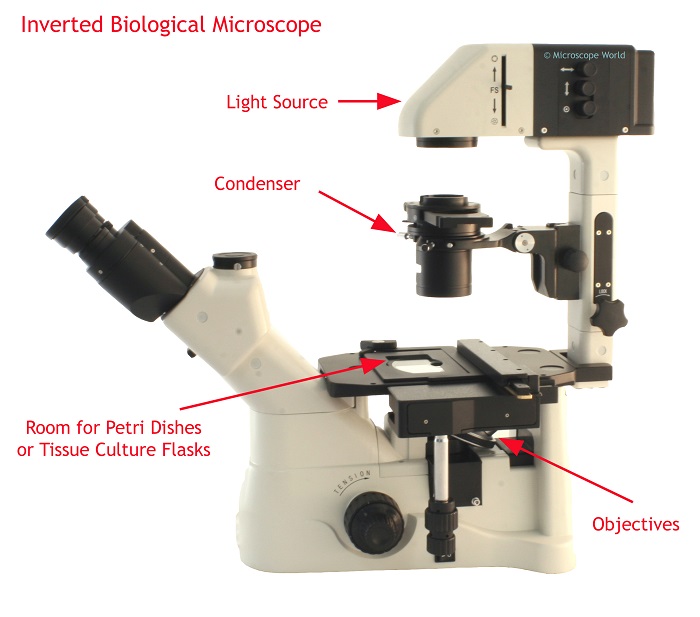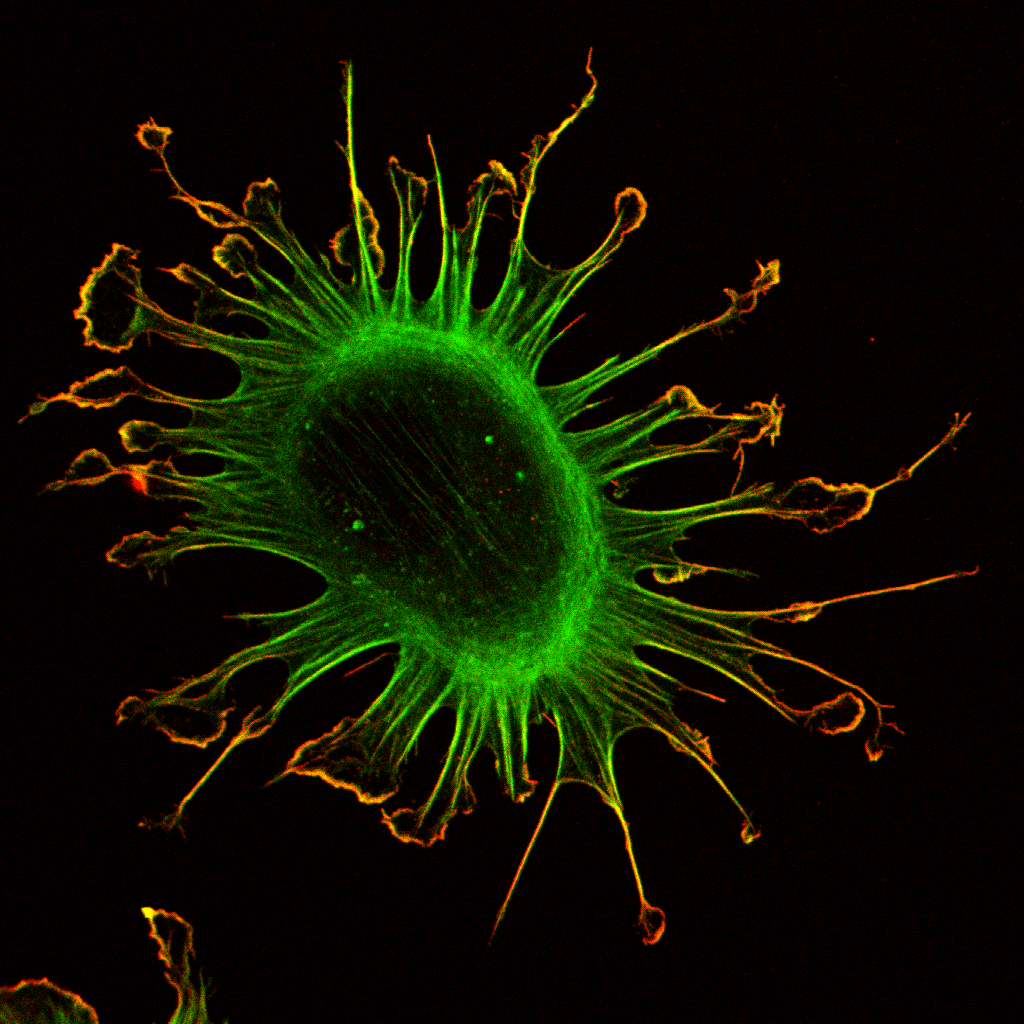For this edition of our blog, we are looking into microscopes and microscopy. Many of the products sold at BST, such as our many flow cells, require various microscope types, and these types can be confusing. Most microbiology and biofilm labs already have at least one microscope, but it may not be the right one! Below, we will be discussing some common types of microscopes, and why they are unique and important to scientists.
There are three major microscope categories. The electron microscope (Scanning Electron Microscope, or Transmission Electron Microscope) use beams of electrons to study details of a sample at magnifications greater than are achievable through other means. They are much larger and more expensive ($250,000 – $1,000,000) than the more common microscopes, and time on them can be hard to come by. There are also many types of scanning probe microscopes, including the Atomic Force Microscope (AFM) and Scanning Tunneling Microscope (STM). Again, these can be expensive, and only relevant to specific needs.
The third microscopy type is much more readily available and inexpensive compared to the above mentioned types. Optical microscopy is by far the most common form because it is cheap, obtainable, and much faster to use than the others. Because they are so inexpensive, they can be found in almost any lab around the world. These microscopes use a simple set of lenses for magnification, and a light source to illuminate the subject.
There are many different configurations of optical microscopes that can be found in labs, and their differences can affect how they are used. Below are descriptions of only a few more common versions:

Stereo Microscope: low powered microscope, generally used for dissections or fast observations.

Inverted Microscope: Allows viewing of the subject from underneath. This is common when observing cell growth at the bottom of a well or slide, rather than trying to view it from above through layers of cells.

Epifluorescence Microscope: Used for studying subjects which may contain fluorophores.

Confocal Microscope: Uses lasers to illuminate a single layer of the subject for fluorescent viewing.
Optical microscopy is very important for studying cell growth and biofilm studies. Without it, much of the work done today would not be possible.
REFERENCES
Davidson, Michael W., 2015. “Basic Concepts in Optical Microscopy.”
Wikipedia, 2016. “Optical Microscope.”
Wikipedia, 2016. “Microscope.”
Olympus, 2016. “Knowledge: Optical Microscopes.”
